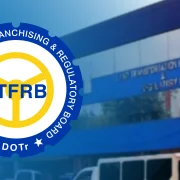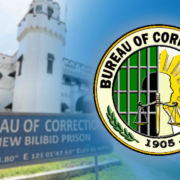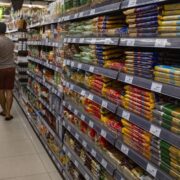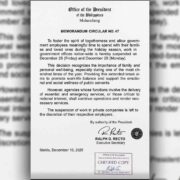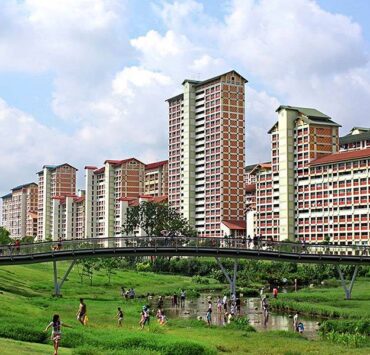San Fernando: Built on heritage, driven by progress
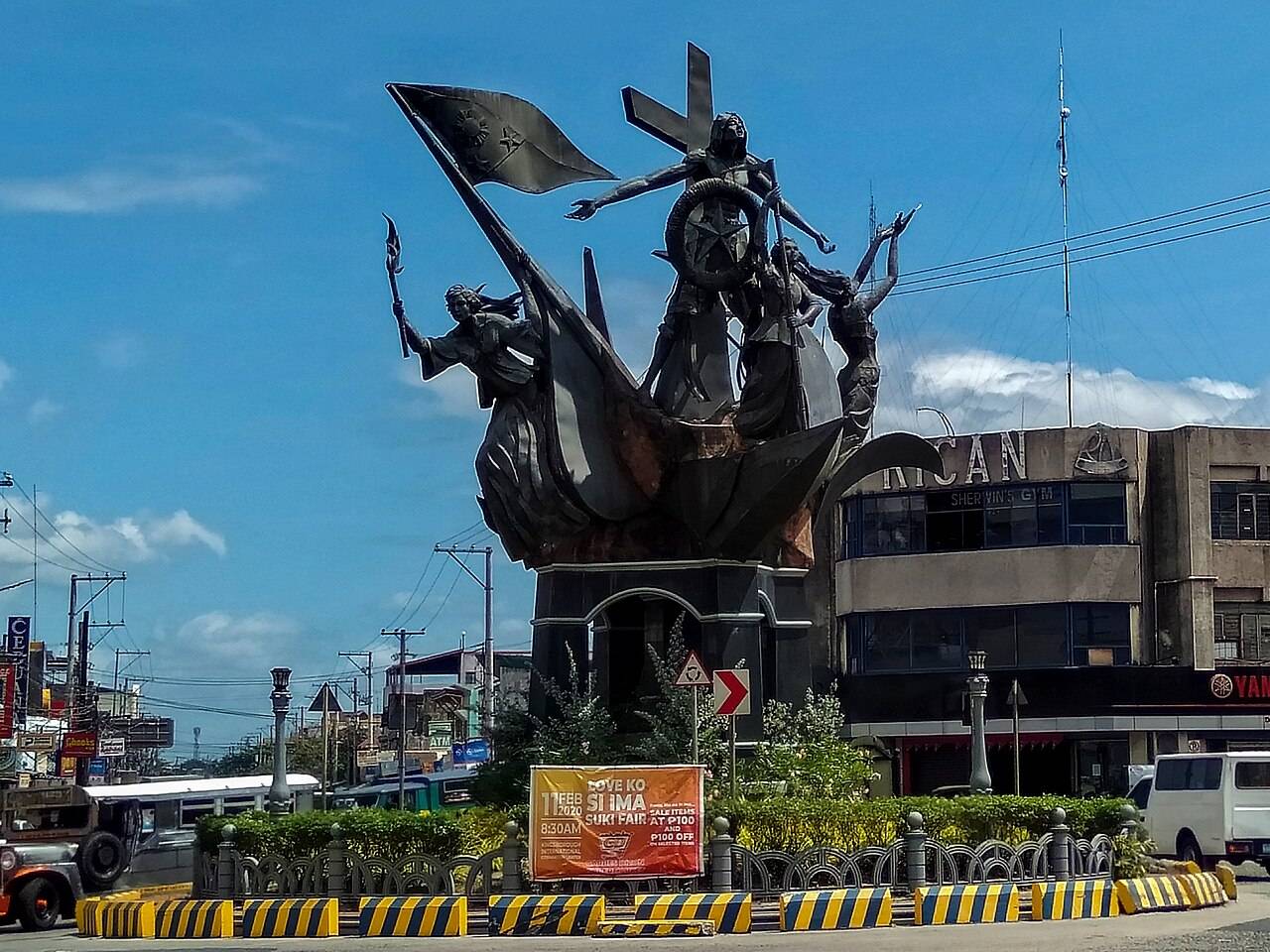
The City of San Fernando began as a Spanish-era town that has since grown into the thriving capital of Pampanga, a key province in Central Luzon.
Pampanga—said to be the first province in Luzon and the ‘richest spoil’ created by the Spaniards in 1571—is home to rich cultural heritage, evident in its people, arts, cuisine, and traditions. Today, it also stands as a major economic player in the country, thanks to the contributions of its top investment destinations, chief among them its capital, San Fernando.
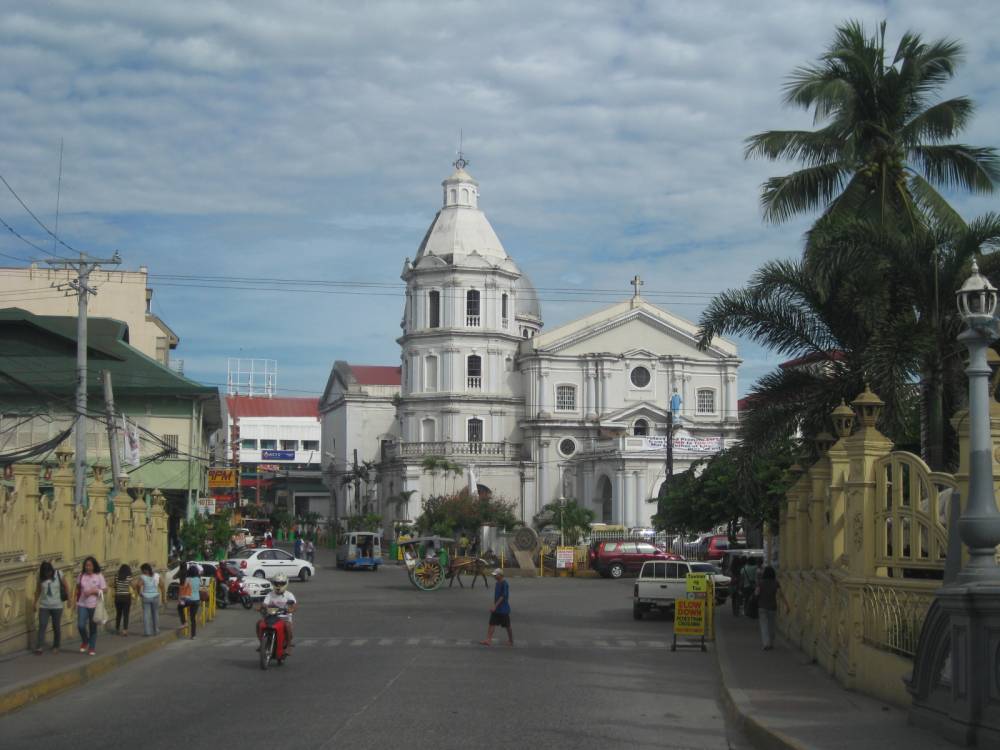
A new pueblo
The predecessor municipality of San Fernando was founded in 1754 after Don Josef Bersosa, on behalf of the Augustinian parish priests of Bacolor and Mexico, petitioned Governor General Pedro Manuel de Arandia to create a new pueblo from the said towns to address the growing taxpayer population.
What sprang up was a municipality administered by Don Vidal de Arrozal, San Fernando’s first gobernadorcillo.
In February 1892, the San Fernando Train Station was opened as part of the Bagbag-Mabalacat stretch of the Manila–Dagupan Railway system. This was the start of the town’s exponential growth, brought about by the sugar boom in the province.
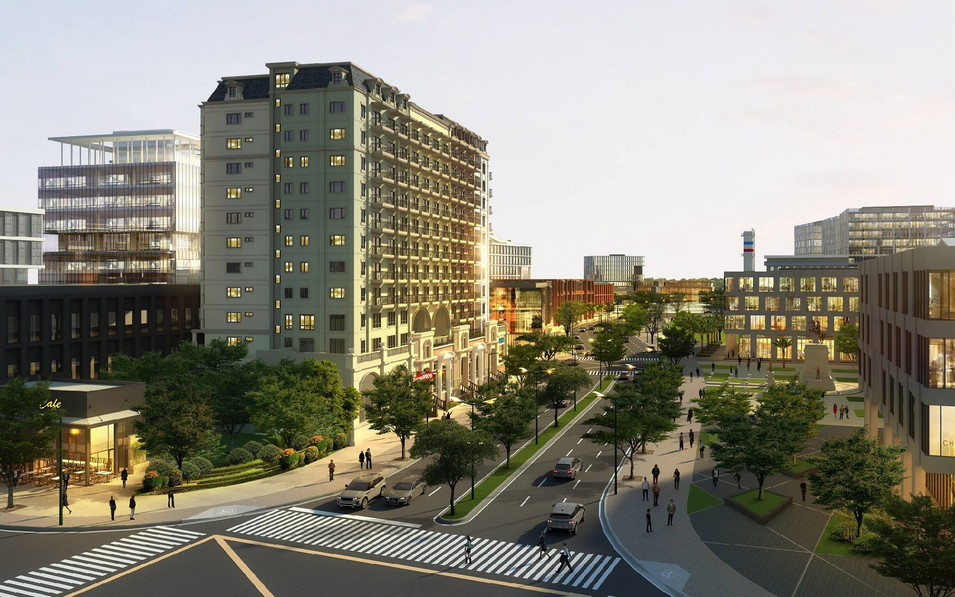
Social, political upheavals
Various social and political upheavals rocked the town, including its declaration of a state of war in 1896 during the Philippine Revolution against the Spanish government, the subsequent Philippine-American War in the late 1890s, and the Japanese invasion in the 1940s.
Following the American occupation, the first public school in San Fernando was established in 1901, and the first public market in 1909.
On Aug. 15, 1904, the provincial capitol was transferred from Bacolor to San Fernando with all its attendant business affairs. It would be much later, in 2001, by virtue of Republic Act No. 8990, that San Fernando became a city—the 99th in the Republic of the Philippines.

A strategic gateway
Today, the City of San Fernando is proud to offer businesses ease of access, available talent, and administrative support. Starting from its beginnings during the sugar boom of the 1890s, it has now progressed to house businesses, establishments, and facilities for its tourism, real property, agricultural, and industrial industries.
San Fernando is considered a gateway to the rest of Luzon. Located 67 km north of Metro Manila, San Fernando is bound by Angeles City on the northwestern side, the municipalities of Mexico on the northeast, Bacolor on the southwest, and Sto. Tomas on the southeast.
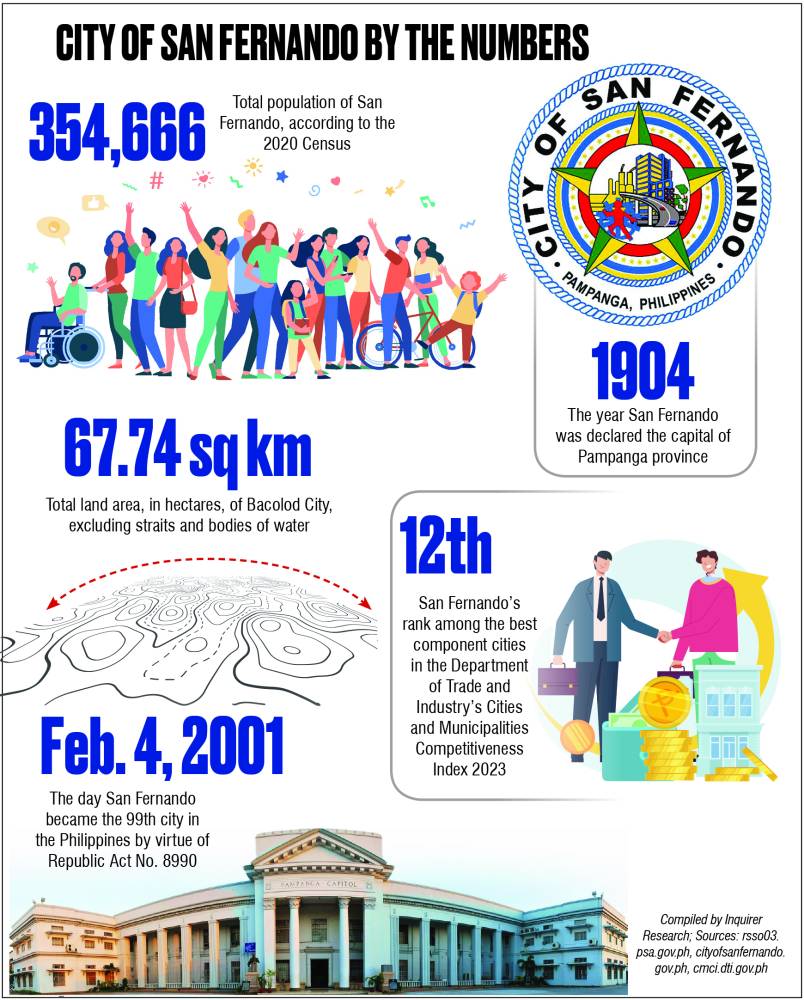
Growth centers
Working towards being a model city of countryside development, it is also poised to direct developments to its seven growth centers—each a dedicated hub for various areas of economic and cultural development.
The Poblacion Growth Center—or the old central business district—includes facilities and establishments for essential services such as public and private educational institutions and hospitals, as well as commercial centers like banks, malls, and the city public market.
The Bulaon Growth Center is similar in thrust and design to the old central business district in that it is also a center for social and economic services.
It was set up to provide for the needs of the residents, who were displaced and resettled because of the Mount Pinatubo eruption in 1991 and the Philippine National Railway project. Today, it is a key area to decongest the city center, providing residents in the area with commercial and leisure activities.
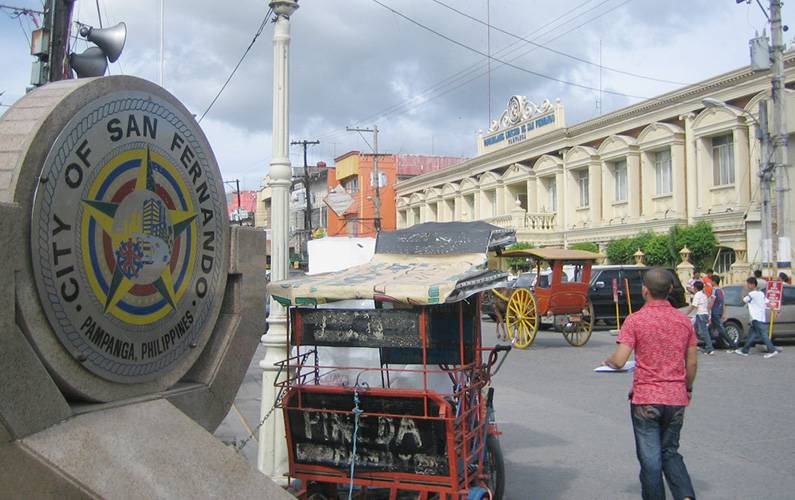
The largest growth center, the Sindalan-Calulut Growth Corridor, features aggressive commercial and residential development and expansive agriculture and agri-industrial activities.
Current and future developments support the tourism, real estate, and agricultural industries of the city since the high-end and general residential areas, trading and commercial establishments, and institutional facilities complement the agricultural potential of the corridor.
The Regional Central Business District, meanwhile, serves as the transport hub of the city. Framed by the MacArthur Highway, the Jose Abad Santos Avenue, and the Lazatin Boulevard, it is a premium location for transportation hubs, easing accessibility to and from the city. It also hosts several financial institutions and prominent commercial and residential developments along the major roads.
San Fernando’s other growth centers also serve as hubs for industrial expansion, particularly the Baliti Growth Center, which is the primary location for big bottling companies like San Miguel Corp., Magnolia, Pepsi, Coca-Cola, Nestlé, Asia Brewery, and Universal Robina Corp.; resorts; and food manufacturing facilities.
While it has since developed far from how it started, the City of San Fernando remains in tune with its dynamic history by exemplifying what it means to progress through changing times.
Sources: Inquirer Archives, cityofsanfernando.gov.ph—





